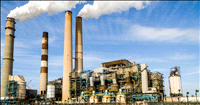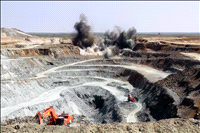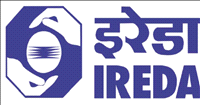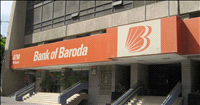US unemployment at four-year high
01 Aug 2008
If further proof were needed that the American economy is in a recession, the current unemployment data does provide compelling evidence. The June unemployment rate, as per figures released by the US Labor Department, stand at a grim 5.7 per cent - the highest in four years. The corresponding figures for the previous two months were 5.5 per cent and 5 per cent respectively.
The last time the unemployment rate climbed so much in three months was at the end of the last US recession in 2001. Job losses have combined with decreasing property values, stricter lending rules and near-record energy prices to send consumer confidence levels close to the weakest in 16 years in July.
But the 5.7 per cent unemployment rate only tells part of the problem faced by job seekers. It doesn't include those who have become discouraged from looking for work, or those who have accepted part-time jobs when they want to be working full time.
Counting all of those unemployed or underemployed people, the rate rises to 10.3 per cent, the first time that measure has hit double figures since November 2003.
The Labor Department reported a net loss of 51,000 jobs in the month, compared to a revised loss of 51,000 jobs in June. The latest report brought job losses this year to 463,000.
The protracted housing slump and resulting credit crisis were also reflected in today's report. Construction payrolls declined 22,000, the smallest drop since October, after decreasing 49,000. Payrolls at financial firms were unchanged after declining 13,000 the prior month.
Factory payrolls fell 35,000 after declining by the same amount in June. Economists had forecast a drop of 40,000. The decrease included a drop of 3,000 jobs in auto manufacturing and parts industries. July announcements at airlines included 7,000 cuts at UAL's United Airlines, and 6,840 at American Airlines parent AMR Corp.
Service industries, which include banks, insurance companies, restaurants and retailers, subtracted 5,000 workers, the first decline since March. Retail payrolls decreased by 16,500 after a drop of 6,300. Government jobs increased by 25,000, the 12th month of gains in public payrolls, after an increase of 43,000.
In another sign of weakness, the average hourly workweek fell 0.1 hour to 33.6 hours. The average hourly wage edged up 6 cents to $18.06, bringing salaries up 3.4 per cent over the year-ago levels. That's well below the 5 per cent rise in overall prices paid by consumers over the 12 months ending in June, meaning that paychecks are not keeping up with costs.


















.jpg)










